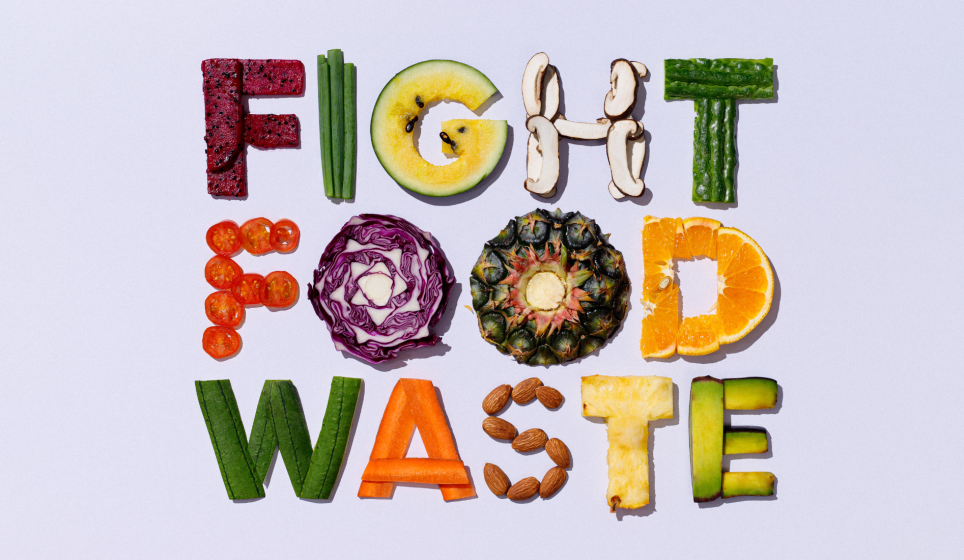Reducing food waste in kitchens

2023 has seen the worst cost-of-living-crisis for families in years and there are mixed reviews as to whether it is getting better or if we are yet to face the worst of it. One thing that many of us have become increasingly aware of is how much food we are wasting, whether done purposely or subconsciously, it is a rising trend across the UK at the moment so lets have a little look into it...
When we talk about food waste, we may think of the food we throw away after cooking meals, or the uneaten food from our tables at fine dining establishments. However, the sources of food waste are far more varied than this. The term 'Food Waste' refers to any food that is not used for its intended use, this can be for many reasons, the main ones being; unsold food from markets or retailers, plate waste from restaurants, prepared and perfectly good food that is not eaten & trimmings from food scraps that we think of as being 'inedible'.
There are a few different categories under the umbrella of wasted food.
“Food loss” refers to uneaten agricultural, forestry, and fishery products. It occurs during the food production and distribution stage. It is also caused by either a reduction in the quantity or quality of food. This may occur due to various reasons. For instance, there may be disruptions in the supply chain due to fluctuating supply and demand or spoilage due to adverse weather conditions.
“Food waste” on the other hand, refers to edible food that is intended for human consumption, but instead gets discarded or expires. This can occur in many different situations during preparation, sales, or food service. It includes plate waste, spoiled food, and discarded peels and rinds.

Did you know that The UK throws away around 9.5 million tonnes of food waste in a single year – even though 8.4 million people in the UK are in food poverty. This is truly mind-blowing!
Wasted food, however, isn't just a social or humanitarian concern—it's an environmental one. When we waste food, we also waste all the energy and water it takes to grow, harvest, transport, and package it. And if food goes to the landfill and rots, it produces methane—a greenhouse gas even more potent than carbon dioxide.
So what can we do to help? Did you know that the majority of bits that you remove from your vegetables to 'prep' them, can actually be eaten and used as normal. Trimmings from the ends of your Asparagus that you would usually throw away, can be grilled with a little oil and salt and make AMAZING crispy snacks. The trunk of your Broccoli is packed full of vitamins, slice it up thinly and add it to a salad, or just cut it up as normal and use it with your Broccoli florets. There are so many things that we do, that more than likely stem from watching generations before us do, that are BIZZARE! Why do we cut off the ends of Cucumber? Why do we throw away Potato skins? One of the biggest culprits is Pumpkins, as a country we waste nearly 18,000 tonnes of Pumpkins every year, for what, a jack-o-lantern? The facts and figures that come alongside food waste are almost scary, food wasted in landfills is responsible for roughly 8 percent of global emissions and that number is only going to continue to rise if we don't tackle the problem head on!
Although the UK produces a lot of food waste, we are not the biggest culprits. America, France, Austria & Denmark are up there with some of the biggest wasters of food (waste in relation to general population). Americas figures are astonishing, each year they waste nearly 60 million tonnes of food which equates to 120 billion pounds, 120 BILLION POUNDS!! Why? It is reported that more than 80% of Americans waste food because they misunderstand food expiration labels.
Sell-by date - This is only relevant to the retailer selling the product; it refers to the time when the product must be sold to the customer. However, this doesn’t mean the food is close to expiring, as it typically has around ⅓ of its shelf life remaining when it reaches its sell-by date. As a result, you shouldn’t be wary of picking up these products.
Use-by date - This is designed to help the consumer know when the food items should be consumed by. However, it’s important to remember that you can still consume food on its use-by date (but not afterwards). If you have any food approaching its use-by date and you don’t think you’ll use it in time, pop it in your freezer. The packaging will usually detail how long the items can be frozen for.
Georgina Williams, Marketing Assistant.
